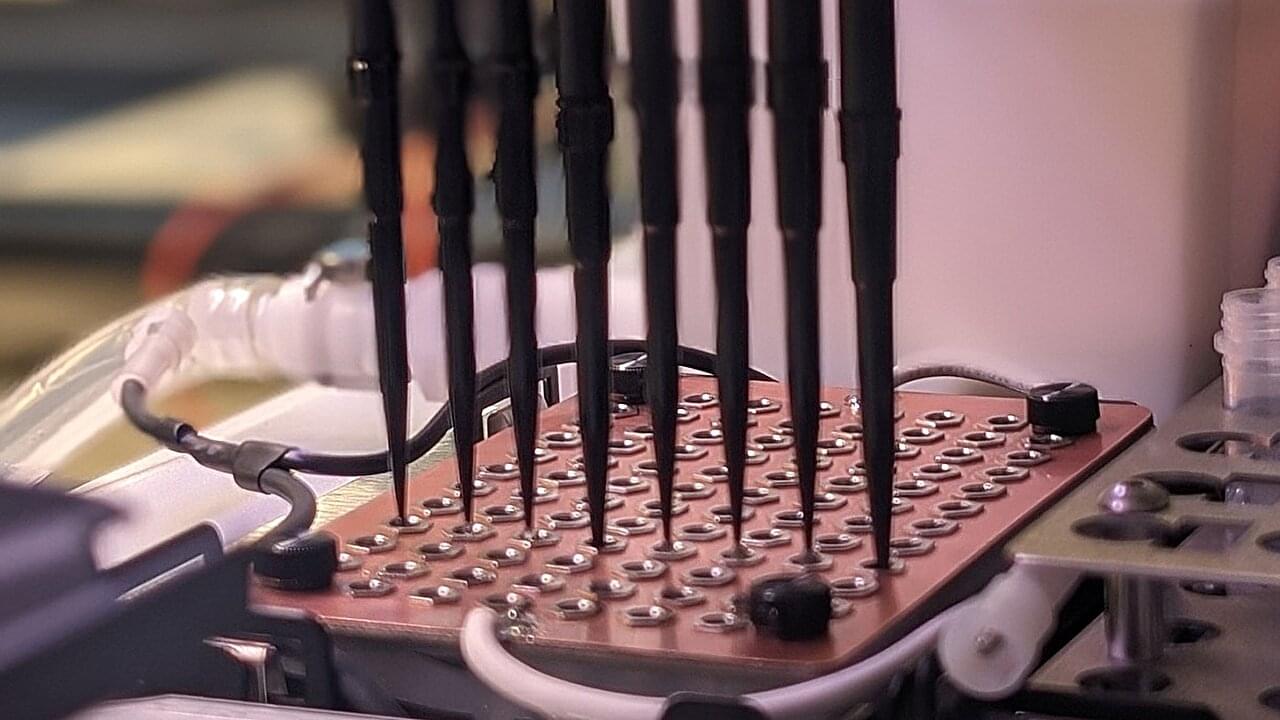As the opioid epidemic persists across the United States, a team of researchers from Brown University has developed new diagnostic techniques for detecting opioid compounds in adults with opioid use disorder and infants with neonatal abstinence syndrome.
The new techniques, described in two recently published research studies, could equip health care workers with powerful new tools for more effectively treating conditions related to opioid exposure, the researchers say.
In a study published in Scientific Reports, the researchers describe a method that can rapidly detect six different opioid compounds from a tiny amount of serum—no more than a finger prick.









